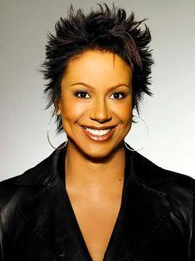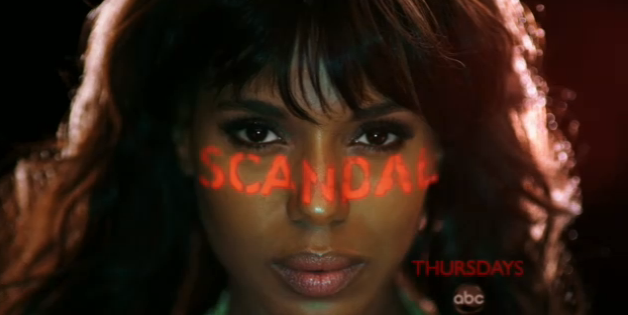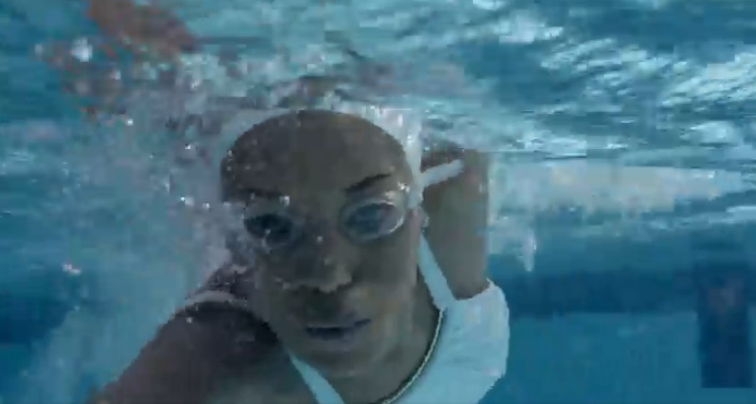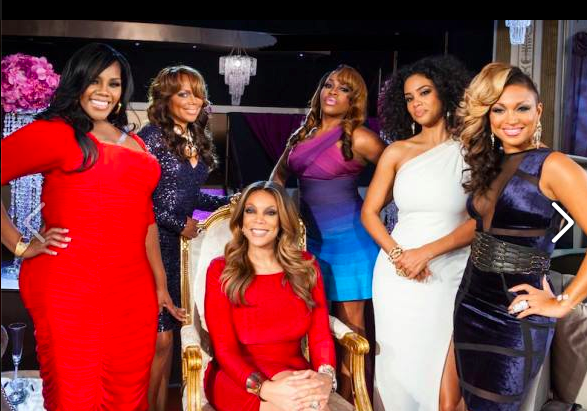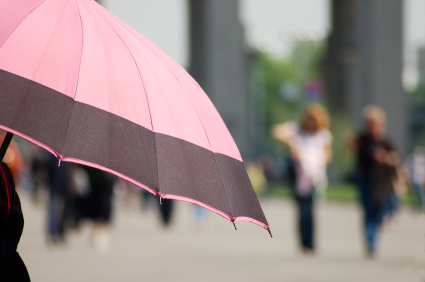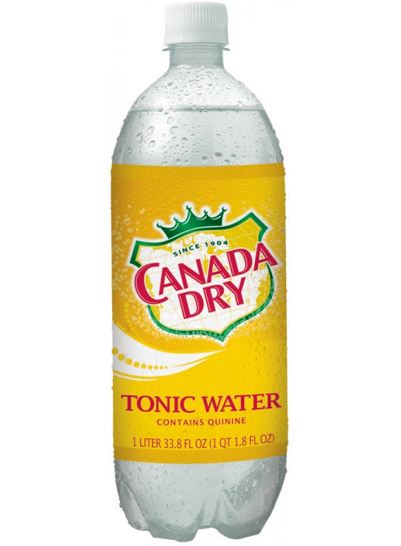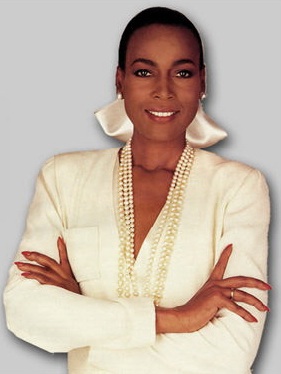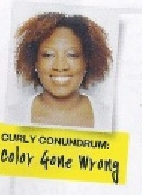
Recently, I noticed that my hair color was a bit bright. Bright as in almost orange. Yes, I love the color, and I’m not one who thinks you have to be toned down in winter. I still got compliments on the color so I thought I was OK, right? Wrong! I took a good look at my roots. My hair color was right back where I started before my Ebony Magazine makeover last spring.
Now I know Rihanna is trying to bring that two-toned, care-free, day at the beach, look back and she just may succeed. But for me personally, I need to be a bit more polished. So I went back to where it all started-Devachan Salon in NYC to get my hair color touched up. Being the inquisitive spirit that I am, I asked my stylist, Rachel, a few questions to help me have a better understanding of the process. Here’s what she shared with me.
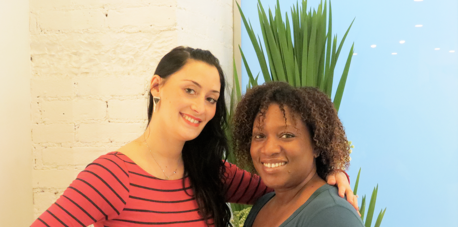
Denise: So what is the plan for today?
Rachel: Since you like the warm brown tone, we’re going to stay with that. This time, we’re going to blend it with your dark roots, leave a bit more warmth on the ends. As your color lightens with time, it won’t get as brassy.
Denise: Exactly how did I end up here-with an orange hue to my once fabulous color?
Rachel: That brassy/orange look is due to your hair color oxidizing over time. The hair releases more pigment. Also, using shampoo that has sulfates-the same chemical found in detergent-can effect your hair also.
Denise: All over color or highlights. Is one better or safer for your hair?
Rachel: Now there is hair color that doesn’t have ammonia. So it’s not damaging to your hair. So it really depends on what look you’re going for.
Denise: How should we care for color-treated hair?
Rachel: You want to make sure that you hydrate the hair more often. One of the products I recommend is Heaven In Hair. You want to make sure that you treat your hair with an intense hydration every two to three weeks.
Denise: What process are you using today?
Rachel: This process is called Pintura, wich means “painting” in Portuguese. It was developed by Denis DaSilva. It’s a healthier and quicker way to do highlights; it’s painting done by movement to the hair. I prefer the “pintura” technique to foil because there’s more precision. When you use foil, the ends of your hair go back into the foil. Using this method we don’t do that, which eliminates over processing the ends of the hair.
Denise: When choosing hair color what is most important to consider?
Rachel: When choosing color you want to consider skin tone and maintenance. There’s no real formula or rule that says certain skin tones should only wear certain colors but you want to choose a color that is complimentary.
Denise: What is one of the biggest misconceptions women have about hair color?
Rachel: I think one of the biggest misconceptions is that doing more to your hair is better, hen doing less is better. One example is women who want to cover their gray. When they cover it and it begins to grow back, it’s much more obvious. I always recommend that they blend the gray, which makes the new growth easier on the eye.
Denise: What is your advice to women when it comes to hair care?
Rachel: Your hair is an extension of you. Respect it. Don’t use sulfates, excessive heat, or products containing alcohol. Make sure you keep your hair moisturized and hydrated.



